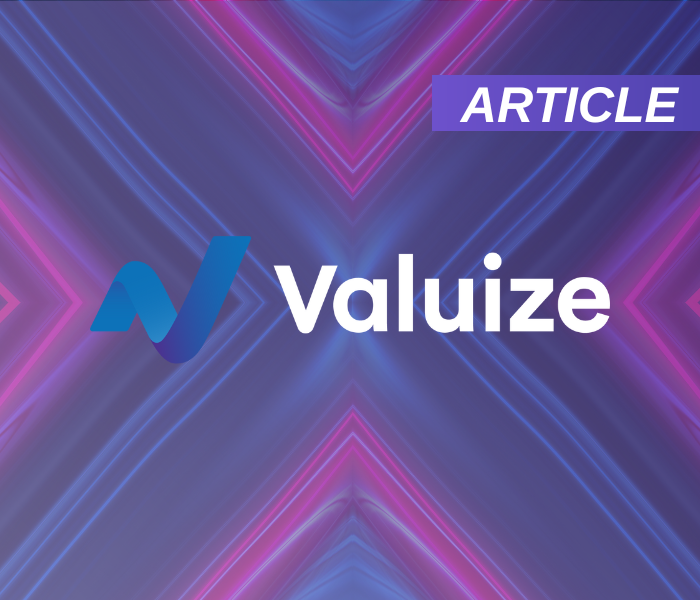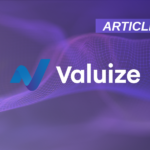Our world is hyper-connected and data-driven, leading B2B companies are turning to technology to gain deeper insights into client needs and to deliver more proactive, tailored experiences. Predictive analytics is one such strategy, unlocking powerful insights into customer intent and redefining the way organizations approach customer success. This technology is elevating B2B relationships, enabling companies to build lasting, profitable partnerships with a focus on both retention and expansion.
Understanding Predictive Analytics for Customer Intent
At its core, predictive analytics leverages historical data, machine learning algorithms, and statistical techniques to forecast future behaviors and trends. When it comes to customer intent, predictive analytics focuses on reading between the data lines to anticipate what your clients will do next—like renewing a contract, exploring new services, or even considering a competitor’s offering. It’s something that CSMs and Ops teams have been doing for years, enhanced by technologies, algorithms and data science.
For B2B organizations, this means turning complex data points into meaningful insights that shape every client interaction and outcome.
Why Customer Intent is Vital in B2B
Unlike B2C transactions, the B2B customer journey can be long and intricate, involving multiple decision-makers, extended sales cycles, and contracts with substantial financial stakes. A misread or delayed response to a client’s evolving needs can result in missed opportunities, decreased satisfaction, low adoption, unrealized value, and churn. That’s why understanding customer intent isn’t just a nice-to-have—it’s a strategic necessity.
Predictive analytics shifts the focus from reactive problem-solving to proactive relationship-building, allowing you to preempt issues and capitalize on opportunities before they slip away.
Key Advantages of Predictive Analytics for B2B Customer Success
1. Proactive Engagement to Minimize Churn
Predictive models can highlight at-risk clients by identifying patterns such as declining usage, reduced engagement, or increased support needs. Armed with these insights, customer success teams can proactively address pain points, enhancing client experience and reducing churn.
2. Delivering Personalized Recommendations
No one wants a generic interaction, especially in the B2B world. Predictive analytics allows you to tailor your approach to each client’s specific interests. If the data reveals that a client is exploring certain product features, your team can proactively suggest relevant solutions or complementary offerings. This not only adds value to the relationship but also boosts upsell and cross-sell opportunities.
3. Smarter Resource Allocation
Not all client relationships are created equal, and predictive analytics helps you focus where it matters most. By identifying which clients are likely to renew or make significant purchases, sales teams can direct their time and energy toward high-impact accounts. This approach leads to more efficient resource use, driving both productivity and revenue growth.
4. Enhancing the Support Experience
Predictive models also streamline and improve the support experience. By anticipating common client issues, you can develop self-service content or deliver proactive guidance. Plus, these models can highlight trends in support requests, allowing your team to adjust and allocate resources more effectively.
How Predictive Analytics Works in B2B
Implementing predictive analytics isn’t a one-step process; it involves building a solid data foundation and continuously refining your models. Here’s how it typically unfolds:
- Data Collection and Integration
Start with comprehensive data from CRM systems, usage metrics, client feedback, and support logs. Clean, integrated data sets the stage for accurate predictions. - Model Development and Ongoing Training
Machine learning models are trained on historical data to identify patterns linked to outcomes like renewals or new product interest. These models become more precise over time as new data informs and enhances them. - Turning Insights into Action
Predictive model insights must be actionable. For example, if a model flags a risk of churn, the customer success team initiates a targeted engagement strategy. On the flip side, if new interest is detected, the sales team can make a timely, relevant pitch.
Technological Advancements to Support Predictive Analytics
Advanced technologies are making predictive analytics more accessible and actionable within the B2B landscape:
1. Enhanced CRM and Customer Success Platforms
- Enhanced CRM Systems: Modern CRMs and CSPs are integrating predictive analytics to decode customer behavior and intent. By analyzing touchpoint data—emails, meetings, and website activity—these systems can identify clients who need attention or highlight upsell opportunities.
- Automated Workflows: With automation capabilities, CRMs can act on predictive insights. For example, if signs of churn appear, the system might prompt a customer success manager to follow up or automate an engaging email sequence to re-establish the relationship.
2. Data Analytics and Business Intelligence (BI) Tools
- Machine Learning Algorithms: Platforms like Tableau, Power BI, and Looker deploy machine learning to analyze data and forecast customer actions. This helps sales and marketing teams tailor strategies based on what clients are most likely to engage with.
- Behavioral Analytics: By monitoring digital interactions, BI tools can predict customer moves, helping teams proactively address needs or deliver personalized solutions.
3. AI-Driven Customer Success Platforms
- AI-Driven Insights: Tools like Gainsight and Totango use AI to suggest strategies based on customer health metrics derived from product usage, engagement, and support history. This allows for timely, data-driven interventions. Tools like Gong and Gainsight’s Starcase AI are using conversational intelligence to raise flags based on keywords and sentiment from everyday client interactions.
- Proactive Monitoring: AI continuously tracks client health scores, triggering alerts for potential risk scenarios and enabling the customer success team to mitigate issues before they escalate.
- Predictive Lead and Health Scoring: CSPs and Revenue Intelligence Platforms analyze historical, conversational, and behavioral data to prioritize clients who are most likely to churn or expand their business relationship.
4. Natural Language Processing (NLP) and Conversational Sentiment Analysis
- Communication Data Analysis: NLP scans emails, support tickets, and call transcripts to gauge sentiment and intent. Negative sentiment can trigger a follow-up from customer success, while positive sentiment might prompt a strategic upsell or testimonial request.
- Chatbots and Virtual Assistants: These AI-driven tools respond intelligently to customer queries, escalating issues when needed, and providing relevant answers based on real-time analysis.
5. Product Intelligence and Usage Analytics
- User Behavior Tracking: SaaS companies use platforms like Gainsight PX and Pendo to monitor product engagement, enabling sales teams to capitalize on emerging opportunities based on user activity. By identifying underused or popular features, product and success teams can refine their engagement and support strategies to maximize client satisfaction.
6. Customer Feedback Analysis Tools
- Survey Analysis and Feedback Management: Platforms like Qualtrics and Medallia analyze feedback to flag risk patterns or identify areas of satisfaction, informing tailored follow-ups and strategic actions. Voice of the Customer Programs aggregate feedback across channels, extracting insights to optimize the overall customer experience.
7. Predictive Content Personalization
- Content Recommendation Engines: Often leveraged by marketing and sales, the opportunity to leverage content recommendation for existing customers is often missed. Tools like Adobe Experience Manager personalize content delivery, ensuring clients receive relevant resources at optimal moments, increasing engagement, adoption and conversion rates for expansion.
Challenges and Considerations
Of course, predictive analytics isn’t without its hurdles. Building reliable models requires extensive data, technical expertise, and a commitment to data privacy and compliance. Integration across data systems and/or establishing a data warehouse is critical to centralize data across multiple sources and enhance the accuracy and availability of the data from predictive models. Additionally, It’s vital to strike the right balance between automation and the human touch. Insights should support—not replace—personal, meaningful interactions with clients.
The Future of B2B Success is Predictive
Predictive analytics is reshaping how B2B companies manage and grow client relationships. By getting ahead of client needs, reducing churn, and personalizing each interaction, organizations can build stronger and more resilient partnerships. As this technology advances, those who invest in predictive analytics will have a competitive edge, setting the standard for proactive and impactful customer engagement.
In a landscape where personalization and foresight are king, predictive analytics gives you the power to not just meet expectations but exceed them, fostering deeper connections and long-term success.






